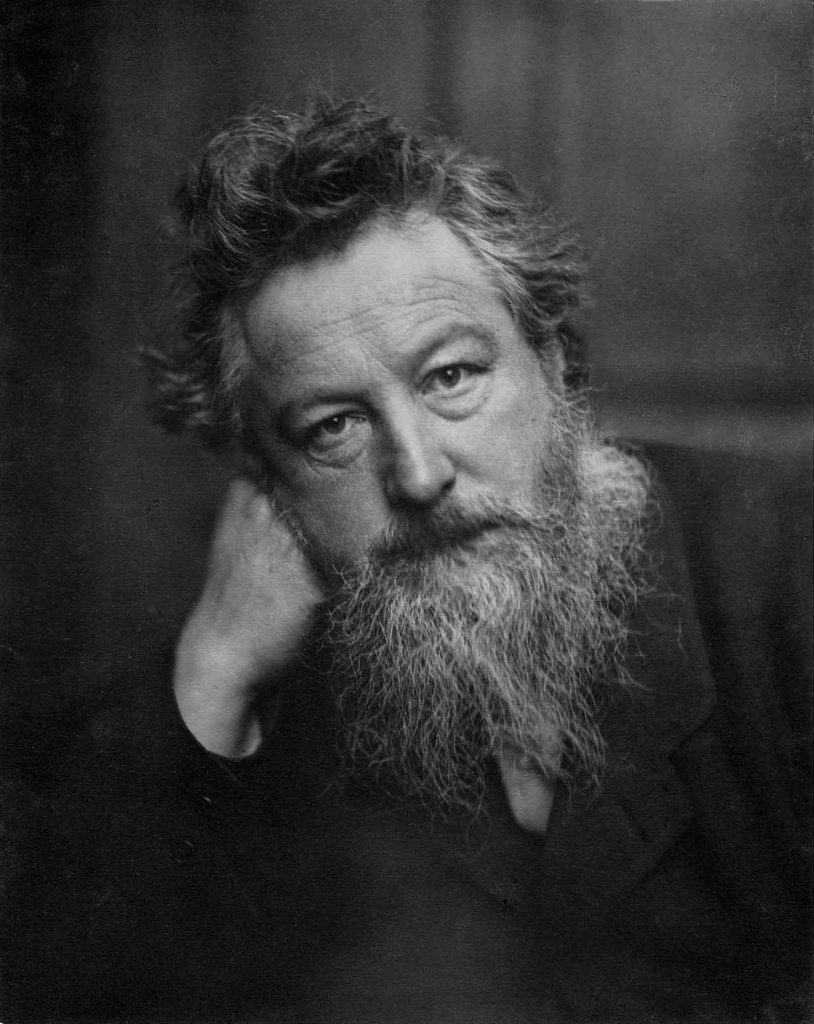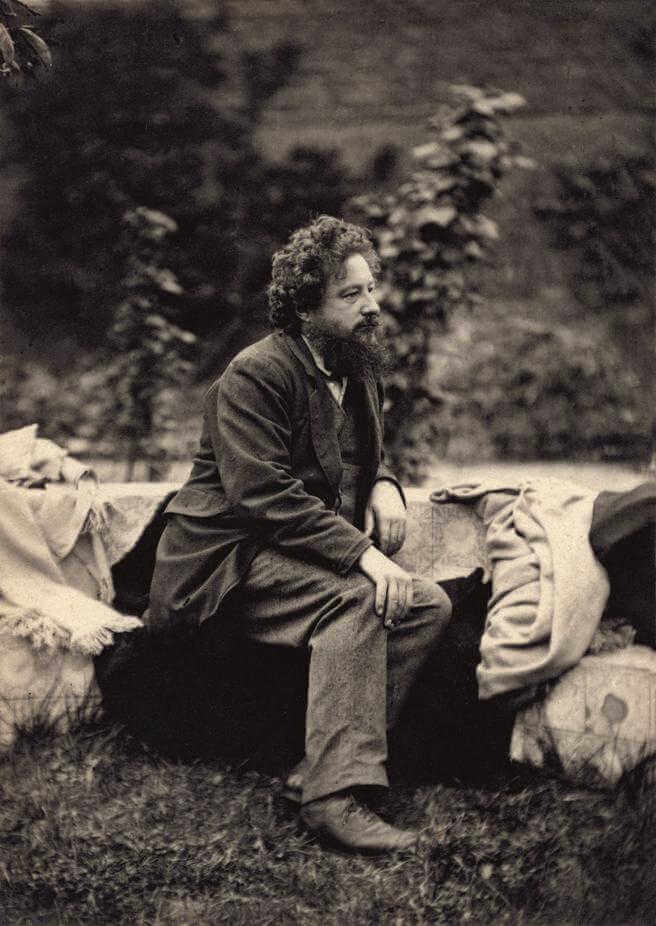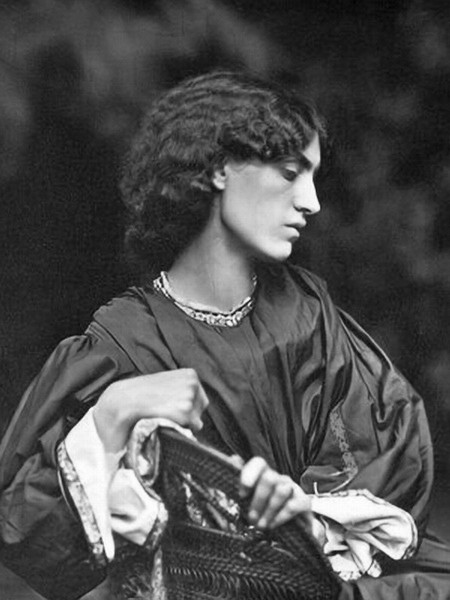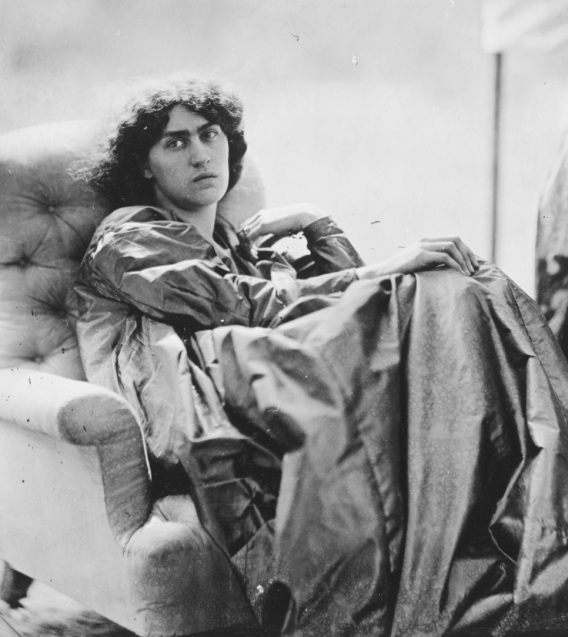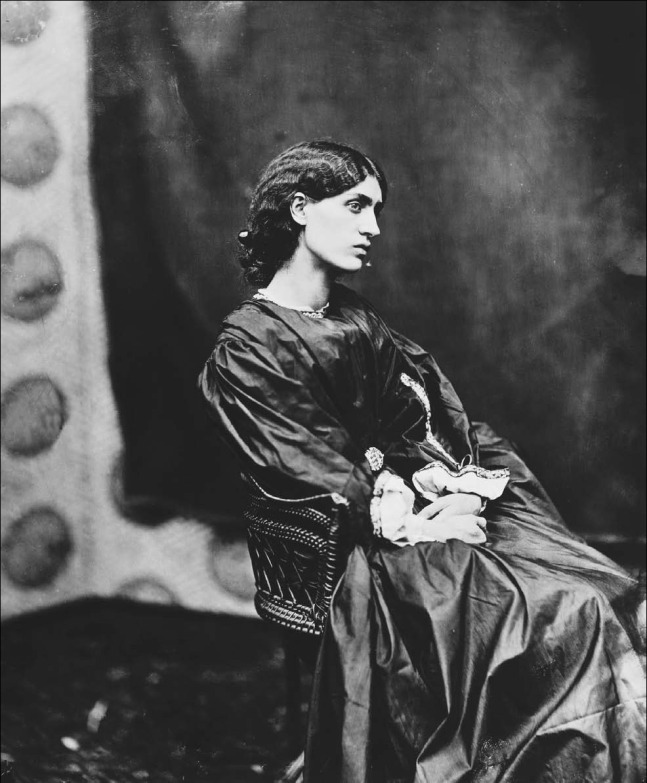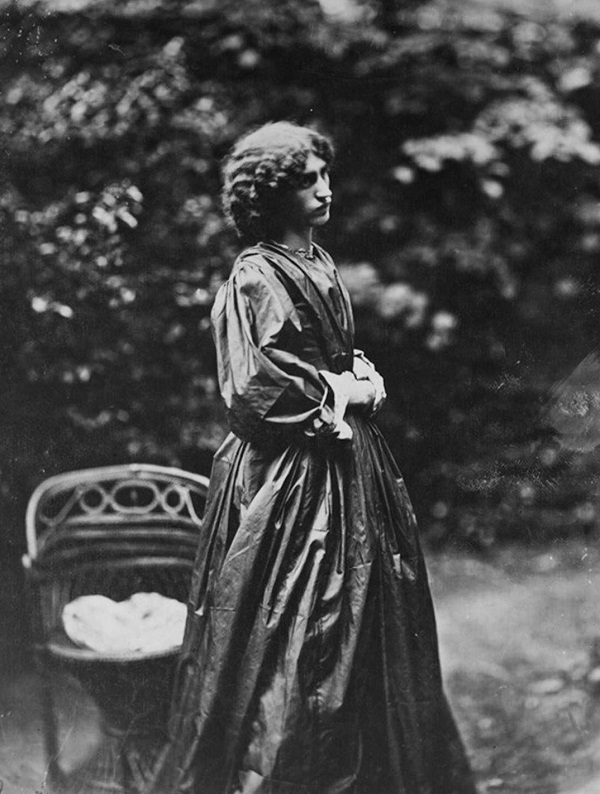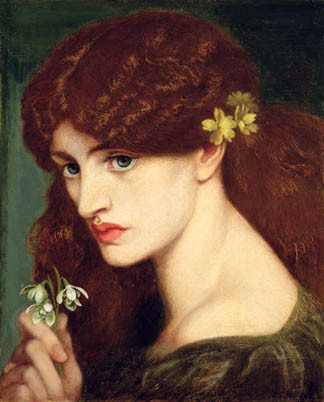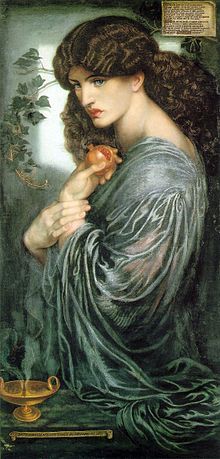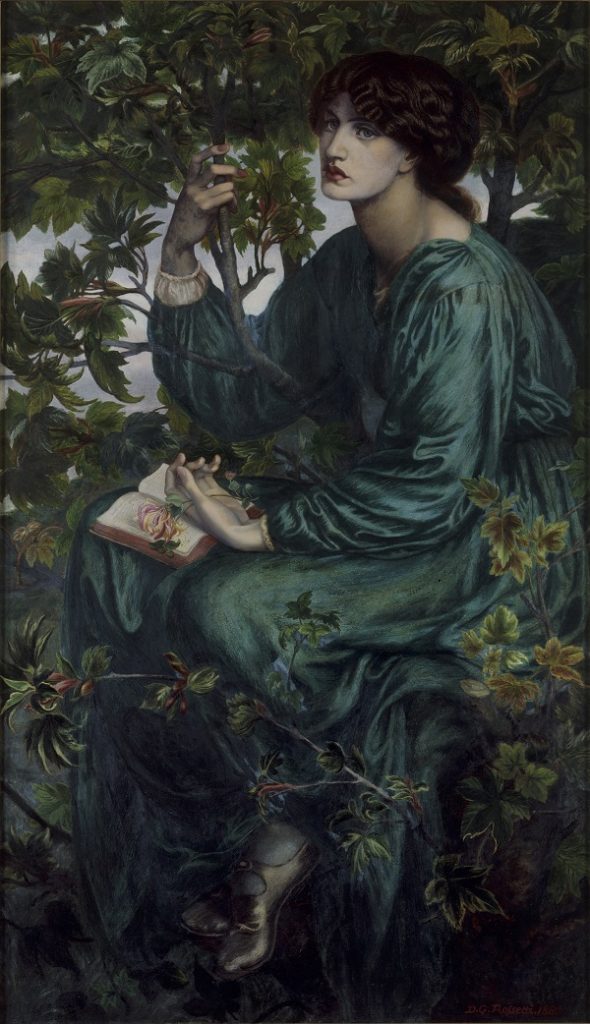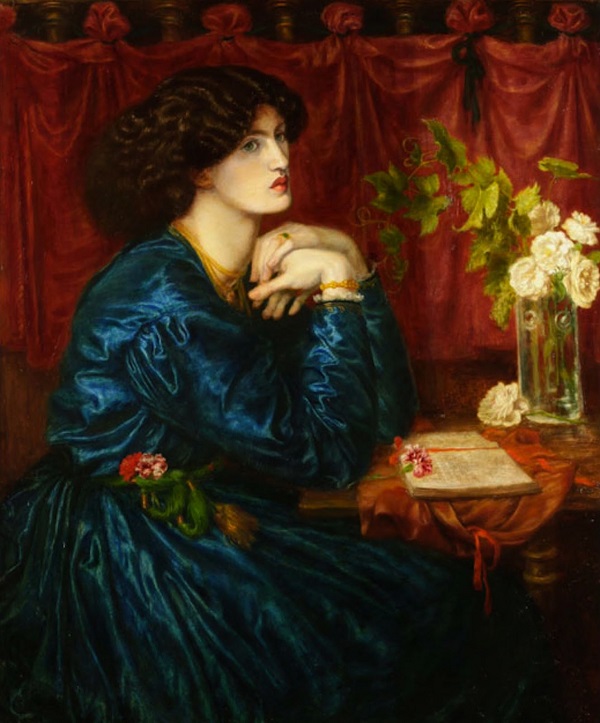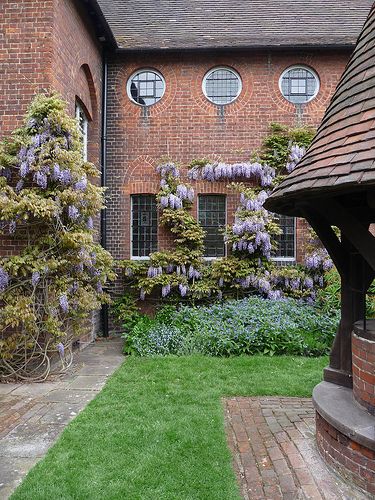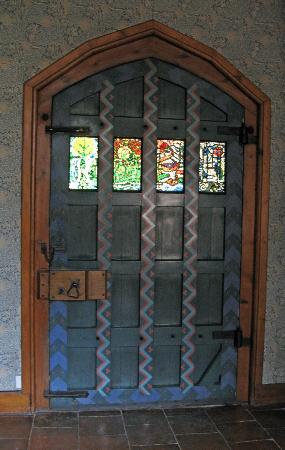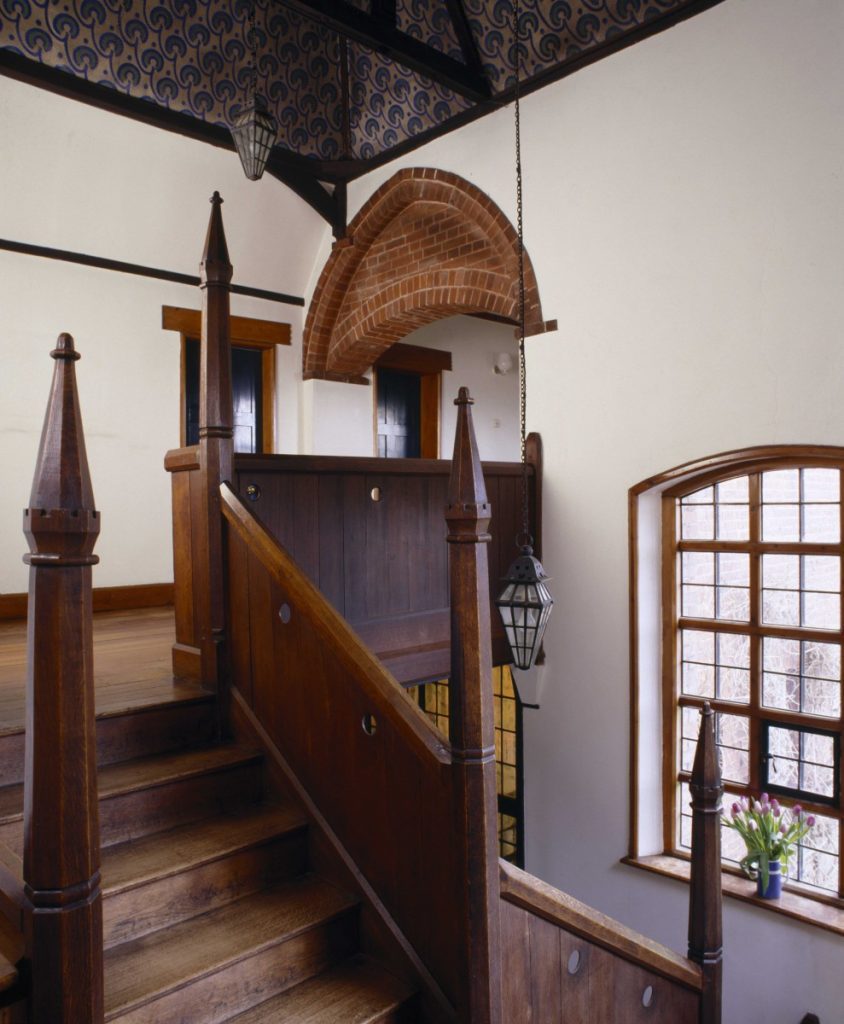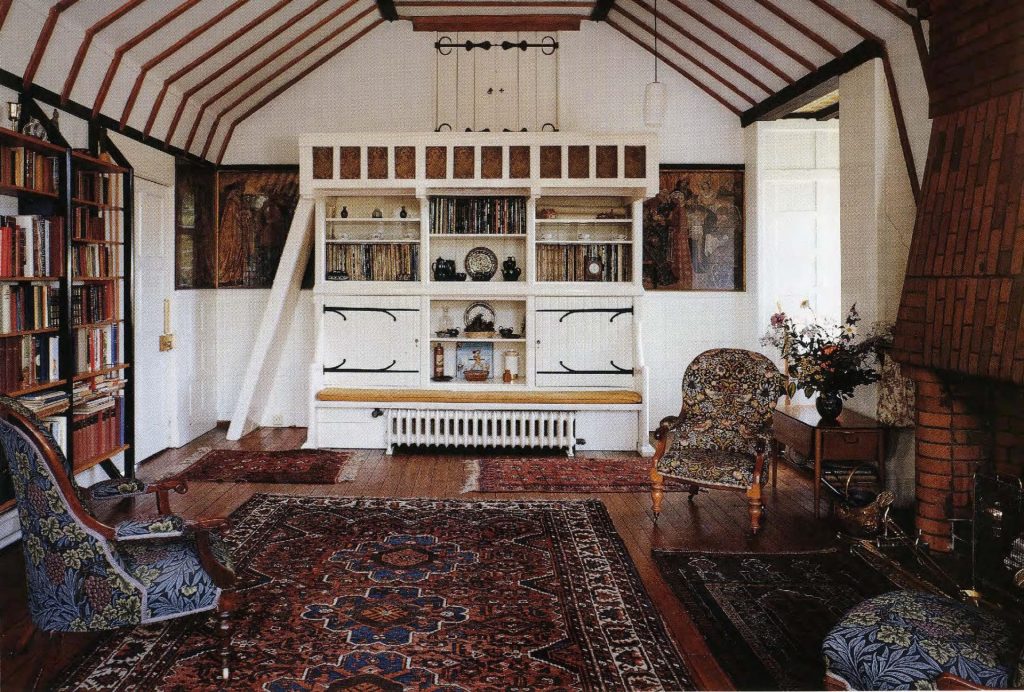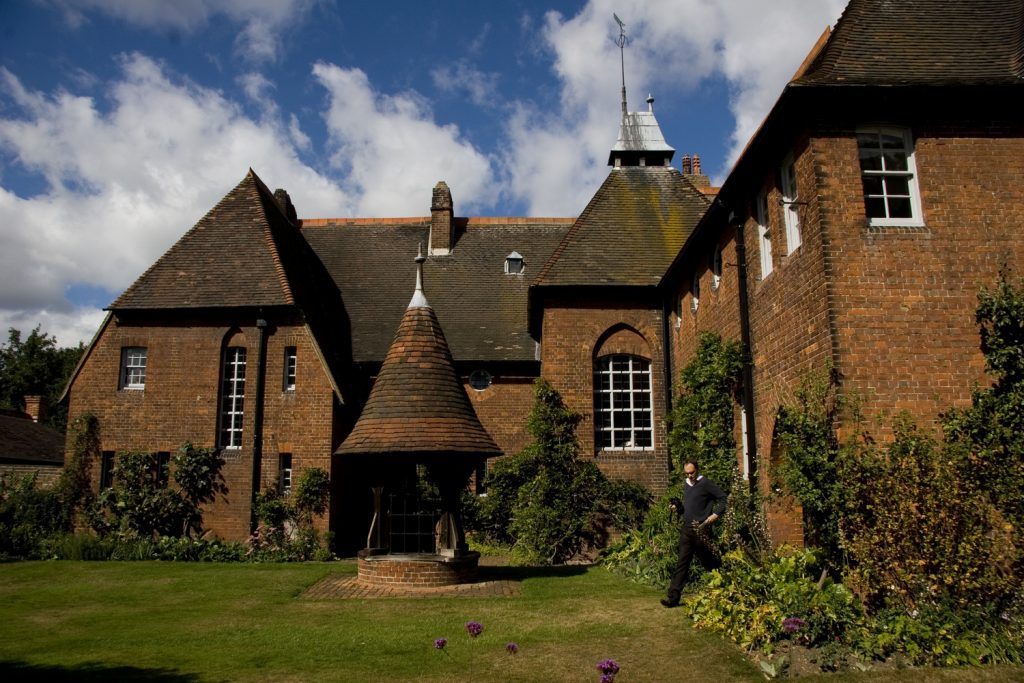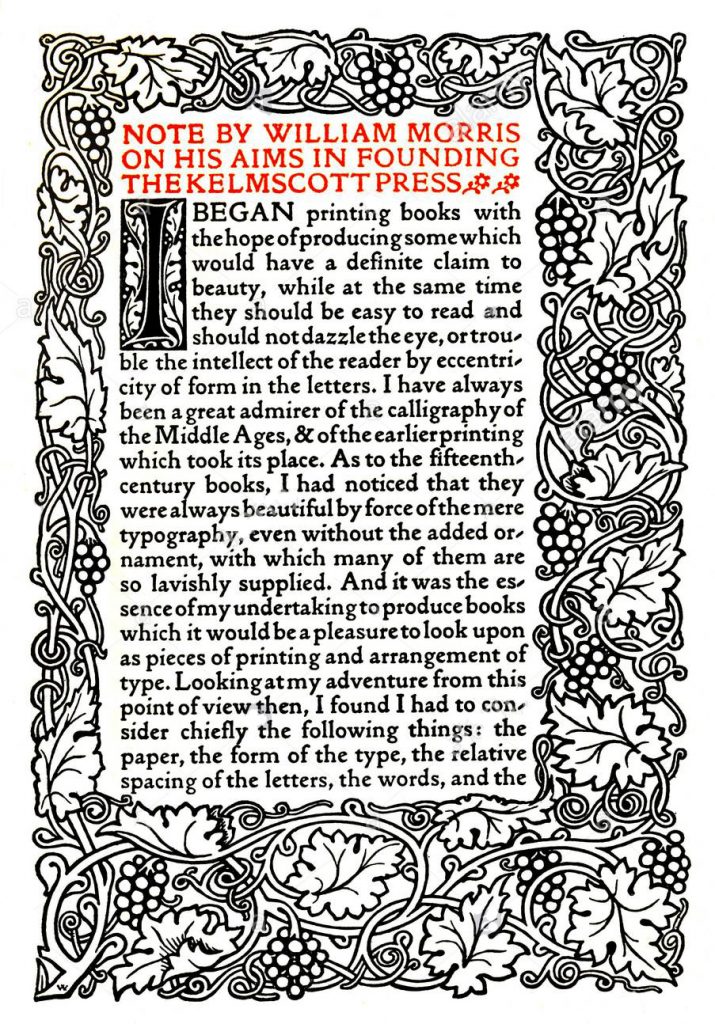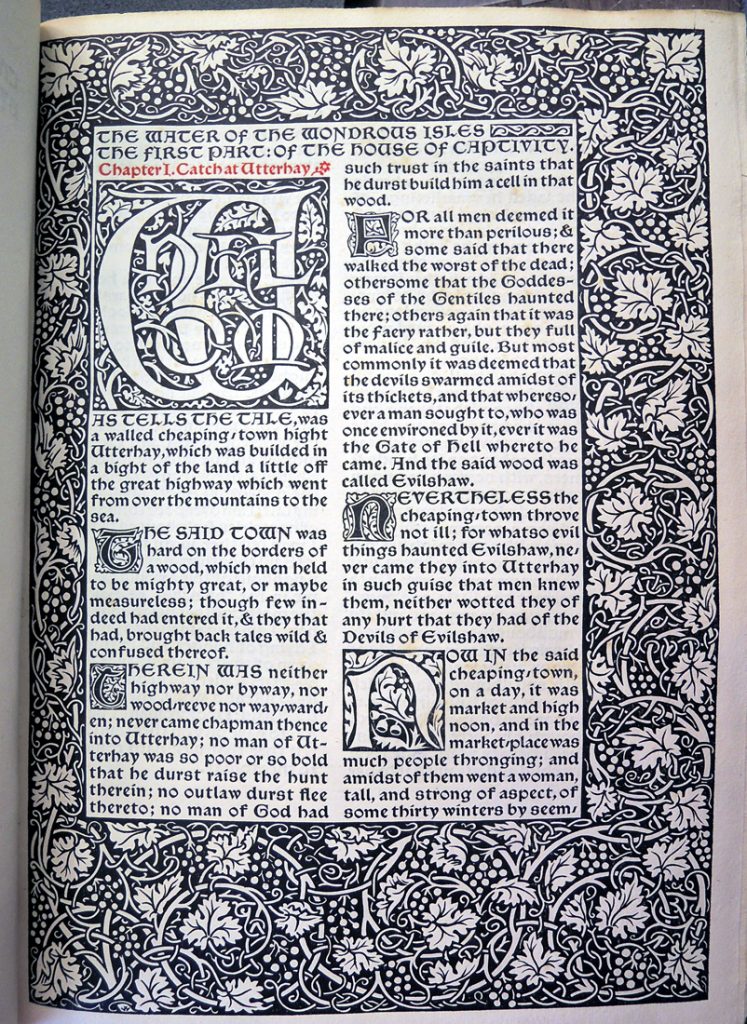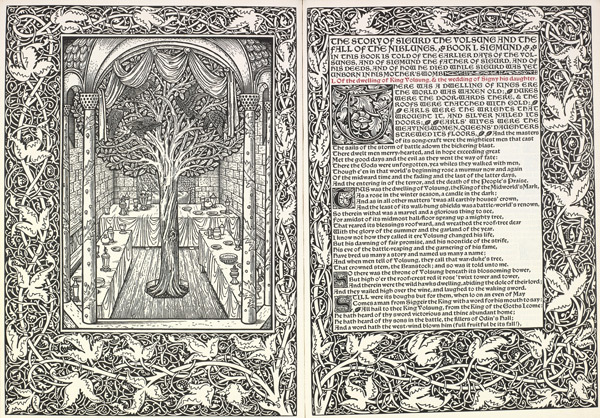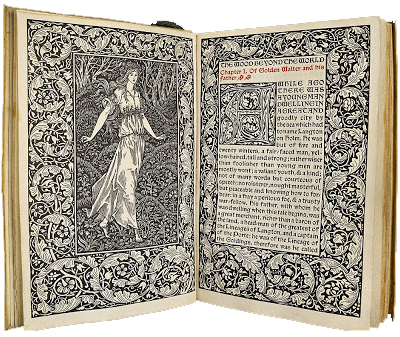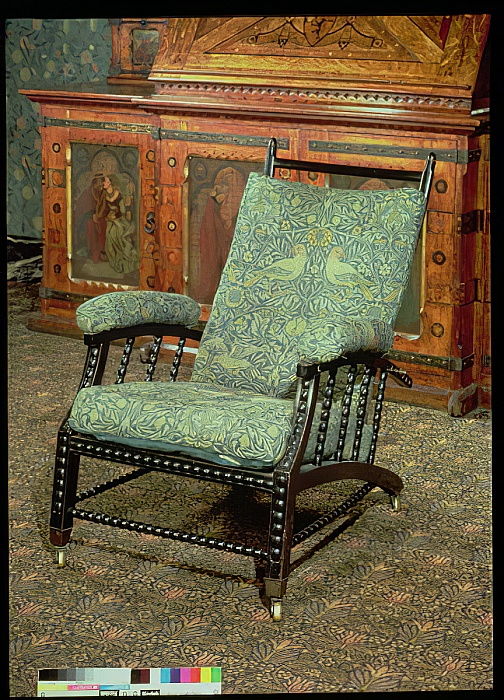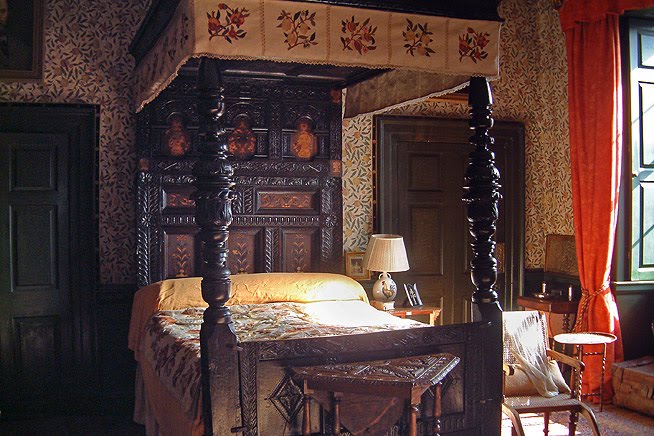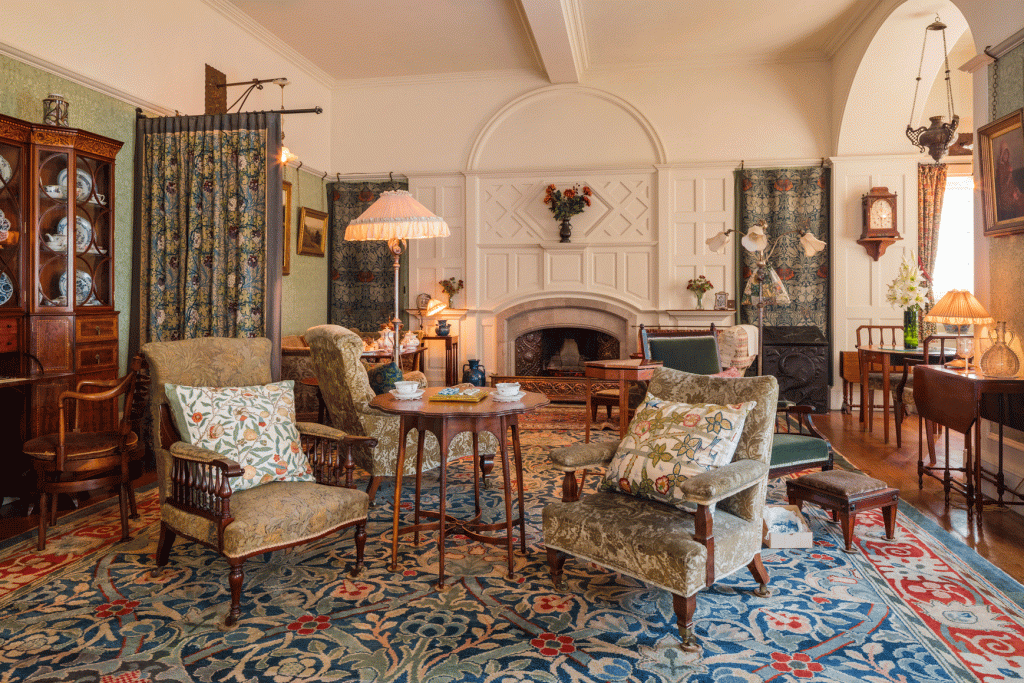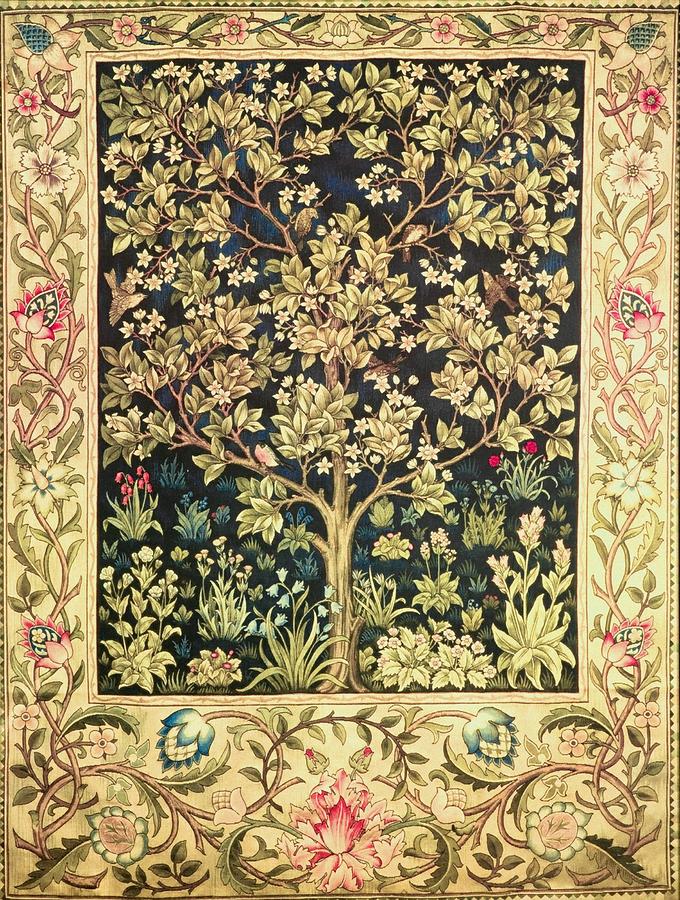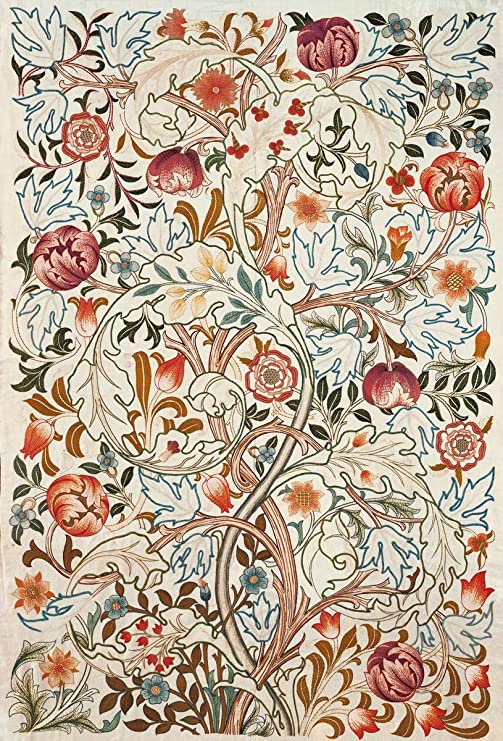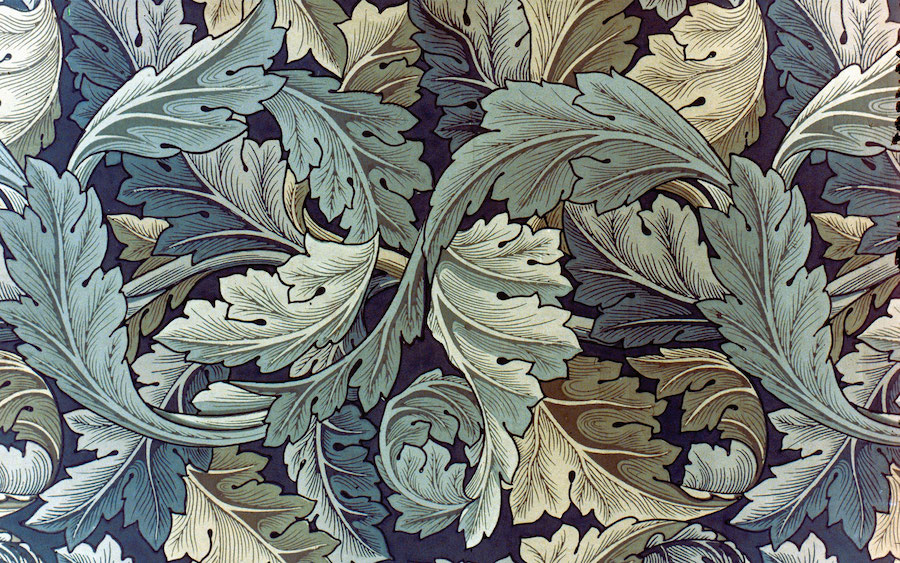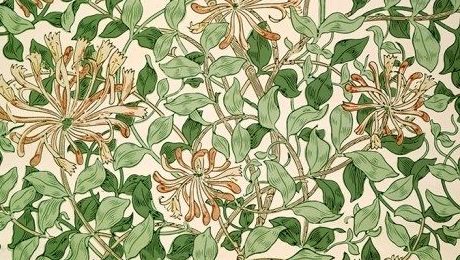Discover the individuals that, like William Morris, have shaped the Firm’s creative director aesthetics, philosophy and work in the series ICONS.
An architect, designer, textile teacher, translator, poet, novelist, and political activist, Morris created a cultural renaissance in Victorian England that drew on the arts and crafts of medieval times as the paradigm of the superiority of the human being over the machine. By reviving artisanal production methods, he would elevate artisans to the status of artists, creating affordable, handmade art from quality, natural raw materials.
William Morris was born in 1834 into a wealthy family in a town in East London. His passing through the University of Oxford, where he studied architecture, art and religion, would mark his personal life and work enormously.
It was in his student days that he met the ideas about rejecting industrialization and returning to the trades of John Ruskin; Pre-Raphaelite painters such as Dante Gabriel Rossetti, Edward Burne-Jones, Ford Madox Brown or the neo-Gothic architect Philip Webb; or develop his literary interest in poetry with the Birmingham Setwith William Fulford, Richard Watson Dixon, Charles Faulkner and Cormell Price.
Britain’s medievalist movement in the second half of the 19th century was a form of romanticism that rejected many of the values of Victorian industrial capitalism as opposed to an era with strong chivalric values and an organic, precapitalist sense of community. Influenced by the medieval architecture of the city and in a context of growing romanticism and medievalism in Europe, Morris would build all of his artistic discourse and practice around the values of this time.
It was also in these years that he met his muse (and that of the entire pre-Raphaelite movement) and future wife Jane Burden, a working-class young woman whose coppery hair and pale skin were considered the ultimate expression of female beauty.
After completing his studies, he began to work in an architecture firm and it was together with his good friend Webb that he built the Red House in 1856, a wedding gift for his wife, and one of the landmarks of the Arts & Crafts architecture.
In 1861, together with Dante Gabriel Rossetti, Burne-Jones, Madox Brown and Philip Webb, he founded Morris, Marshall, Faulkner & Co., an architecture and industrial design company of which he would later have full control, under the name of Morris and Co.
In the field of literature, he also produced original works, as well as reprints of classics. And in his eagerness to dignify all disciplines, Morris considered calligraphy as another art form. His meticulous study of the art of the medieval period shaped his storied style, with the famous large initials intricate in detail in organic motifs and borders of books with valances based on the works of the time.
Morris’s means of production and philosophy influenced later on the Bauhaus movement. Another aspect of Morris’s conservationism was his desire to protect the natural world from the ravages of pollution and industrialism, which led some historians of the green movement to view Morris as an important precursor of modern environmentalism.
Anti-imperialist, Marxist and influenced by anarchism, and in parallel to his work as a businessman and designer, in the 1880s Morris became a socialist activist. In his short but intense political career, he played an important and very active role in the propaganda and dissemination, through writings, meetings and conferences, of the incipient British socialist movement.
“No job that cannot be done with pleasure is worthwhile.” His criticism of industrial production is not due so much to the quantity but to the condition that the worker acquired as a “mere tool” since the creative, artisan and human part of the work disappeared.
The working conditions in his factory were better than in most Victorian factories. Yet despite Morris’s ideals, workers had few opportunities to display their own individual creativity. He was also reproached for the fact that the products, due to their complexity in manufacturing and quality, could only be fundamentally purchased by the upper classes. The Arts & Crafts movement intended to return to artisan manufacturing contrasted with the industrial production of the time and thus bring culture to the less affluent areas of society.
In the early 1890s, Morris was getting sicker and sicker. In addition to gout, he also had signs of epilepsy. In 1896 he died of tuberculosis. But he left behind a legacy of more than 600 designs for wallpaper, textiles and embroidery, more than 150 for stained glass, three typefaces and about 650 ornamentation for Kelmscott Press. William Morris undoubtedly had a great historical influence on the visual arts and industrial design of the 19th and 20th century.
[Discover the first RTW collection from the Firm’s creative director, under the new brand Y_Como, inspired by the Arts & Crafts and the original work of William Morris. ]



